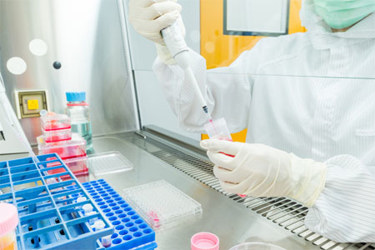Leveraging Orthogonal Transposase/Transposon Pairs As An Alternative Genetic Engineering Tool In CHO Cells
By Mario Pereira, Sowmya Rajendran, Divya Vavilala, Ferenc Boldog, and Jeremy Minshull, ATUM

This poster showcases a novel expansion of transposon technology, moving beyond its traditional role in CHO (Chinese Hamster Ovary) cell line development to serve as a powerful genetic engineering tool. By utilizing ATUM’s suite of orthogonal Leap-In Transposases, we sequentially introduce three distinct transposons into CHO cells to precisely engineer desired phenotypes. The process begins with Transposon A, which modulates cellular metabolism by knocking down the glutamine synthetase (GS) gene, resulting in a new CHO-K1 host cell line (miCHO-GS) that cannot survive in glutamine-free media. Next, Transposon B is integrated to introduce an IgG biotherapeutic gene along with GS as a selection marker, enabling the generation of stable, high-expressing clones. Finally, Transposon C is employed to alter glycan pathways, producing clones that express IgG with low fucose levels—an important trait for therapeutic efficacy.
Explore how this innovative approach opens new possibilities for precise and efficient cell line engineering.
Get unlimited access to:
Enter your credentials below to log in. Not yet a member of Bioprocess Online? Subscribe today.
